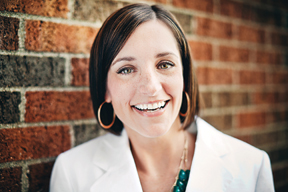HCB Health President Nancy Beesley recently shared insights with Med Ad News about how her agency promotes diversity and what the industry needs to improve on.
Upheaval in the economy, advances in precision medicine, the rise of novel therapies, and the financing of care including significant cost shifting to patients is giving rise to a new dynamic we call financial toxicity. Financial toxicity is an economic side effect that can actually impact outcomes whereby patients forego care or make trade-offs to finance treatment of one condition but not another.
UDG Healthcare acquired Cambridge BioMarketing, a U.S.-based healthcare communications business, for a total consideration of up to $35 million.
Guy Mastrion, an entrepreneur and creative industry veteran with more than 30 years of experience in brand development, digital strategy, advertising, design, photography, and film for global brands, was appointed the ninth F. William Harder Chair of Business at Skidmore College.
Healthcare communications agency Calcium hired Damon Tutulic as senior VP, management director.
“Mobile first” media strategies have gained a full head of steam in almost all advertising categories, with Pharma being one of the few exceptions.
The pharmaceutical and healthcare industry is continuing to grow in complexity, impacted by factors such as industry regulations, the rise in digital technologies and changing business models. Most importantly, digitization has transformed everything – from creating brand value to meeting customers’ shifting expectations. As a result, pharmaceutical and healthcare organizations must focus their strategies to play a critical, central role in this digital transformation and revolution.
When someone you love commits suicide, there’s no handbook, no rules, no guidance for how to handle it. No one explains how to deal with the guilt, the grief, the questions. Nobody tells you how to sift through the darkness and come out on the other side.
More time is now spent on the Internet through smartphones than on PCs; that includes both work and leisure time. But it’s not necessarily easier to connect with your customers – in fact, the opposite is often the case. The problem, according to Nielsen and other sources, is that 86 percent of mobile usage is through mobile apps, with the mobile web representing only 14 percent.
One of the most critical questions marketers ask is, How are expectations changing? Those shifts in what earns time and attention have prompted us to evolve – even radically change – how we engage consumers. But what about physicians?



